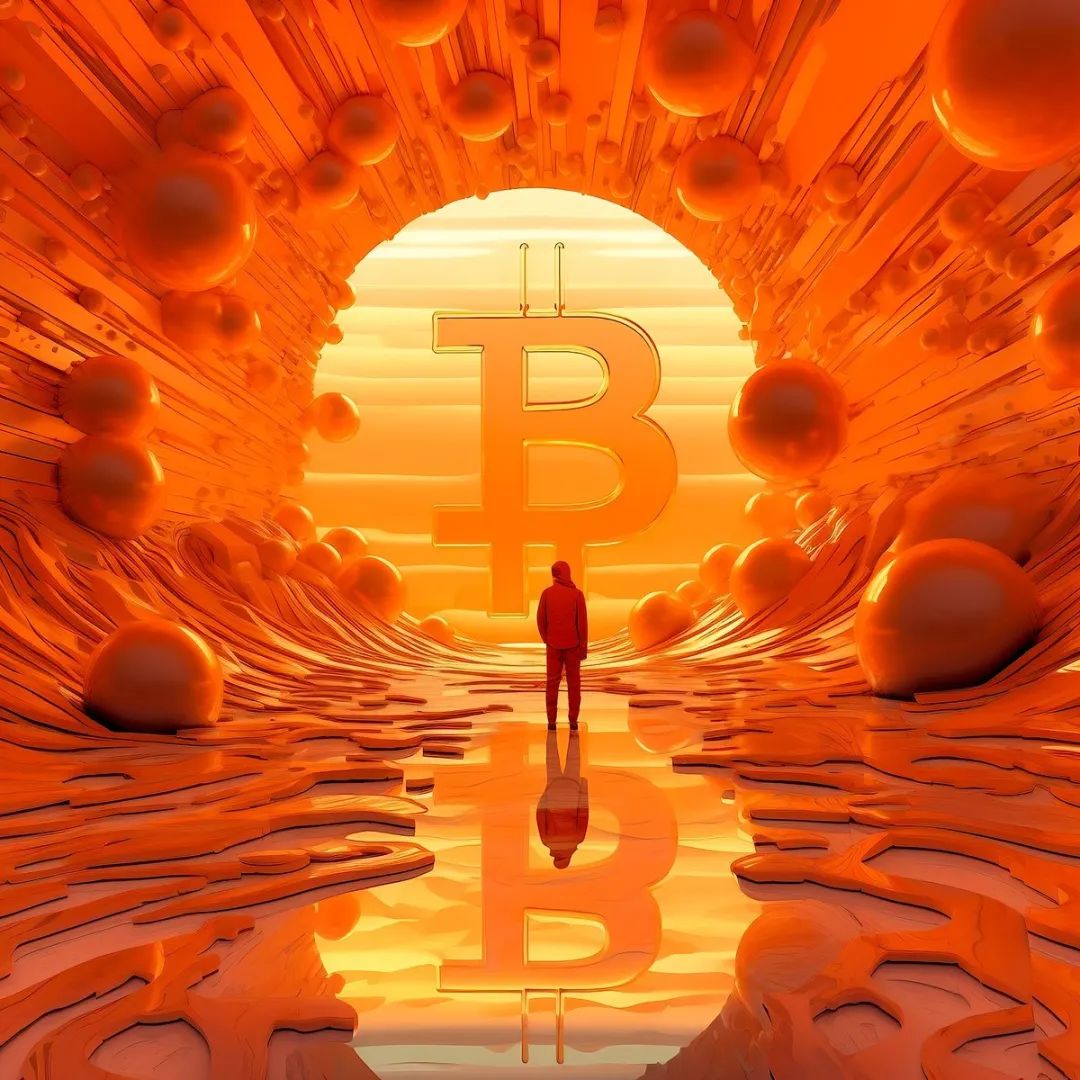In the era of blockchain traceability, where should the "target" of counterfeiting be pointed?
According to the Organisation for Economic Co-operation and Development (OECD), in 2016, $590 billion worth of counterfeit and shoddy products accounted for 3.3% of global transactions, up from 2013 data ($4610, accounting for 2.5% of global transactions). high.
According to the customs statistics of the EU and several other major countries, cross-border counterfeit goods in 2016 are mainly divided into the following categories: footwear accounted for 22%, clothes accounted for 16%, leather goods accounted for 13%, cosmetics 5%, others 12%. (Source: Trends in counterfeit and shoddy products, OECD)
The OECD report considers China to be the largest source of counterfeit goods. The major manufacturers of many products are in China, and 27% of all retained products can be traced back to China. The countries that followed were India, Malaysia, Pakistan and Thailand, but in terms of quantity far less than China.
In addition to being "active" in foreign countries, the country is also a flood of counterfeit goods. Taobao uses more than 2,000 people every year and spends 1 billion fakes. The effect is still unsatisfactory.
- Twitter featured: Mancoin network suspected of being stolen 100 million US dollars, the official claims to maintain
- Science | Take you to explore the mystery of the decentralized exchange structure (on)
- People with communist labor vouchers issue "coins"
As the world's first "big data anti-counterfeiting alliance", AACA created by Alibaba has gathered many big-name alliance members, such as Procter & Gamble, Adidas, LVMH brand and so on.
Through Alibaba's online intellectual property protection platform (IPP), it provides a set of anti-counterfeiting channels and tools for brands entering China. It also allows brands to provide consumers with effective rights protection services, and at the same time spread the anti-counterfeiting awareness to the public through various parties.
1. There are strong anti-counterfeiting
Alibaba uses real-time search engines, text analysis, graphic recognition, biometric authentication, big data and other technologies to discover and kill fakes.
Through this opportunity, AACA platform has become a “bridge” or “channel” for foreign mainstream brands to enjoy the Chinese market in a safe way. This will gather a large number of products and market data, which will have great benefits for Ali itself. Chemical.
However, there is no competition between Ali and the brand in the upstream and downstream relationship. As a "third party" who is already familiar with the market, has a large number of users, and is more optimized, IPP's landing and practicality is very strong.
If you want to talk about a relatively decentralized solution, you have to mention the recent LVMH blockchain traceability scheme.
LVMH (Louis Vuitton Moët Hennessy) luxury group has more than 60 luxury brands, mainly in five areas: wine and spirits, fashion and leather products, perfumes and cosmetics, watches and jewelry, boutique retail.
Most of them are well-known brands, including LV, Dior, Kenzo, Givenchy, Fendi, Moet, Guerlain, Hublot, Bvlgari, Sephora and many more.
For such a luxury goods group, the marginal effect of the self-developed traceability anti-counterfeiting program is very high.
LVMH's blockchain solution is called AURA, and it has been revealed that a professional team has been secretly developing for one year, working closely with Consensys and Microsoft Azure.
Based on the Ethereum licensed version of Quorum developed by JPMorgan Chase, AURA will first launch with LV and Christian Dior perfumes, and then expand to more than 60 brands of LVMH, and ultimately even support other companies' brands.
It is said that a product can be traced from raw materials to trading time to the second-hand market.
And AURA's next step will be to study intellectual property protection, special activities and discounts for customers, and even block phishing links.
AURA will be licensed to other brands in the form of a white label, ie the same technology can be copied to another brand as their own solution.
Customers do not need to download the app, but access it at the product website link. LVMH people want to mobilize the entire industry as an alliance to fight together.
From this point of view, it is relatively similar to Alibaba's AACA, but AACA is the mainstay of the alliance, while AURA is technology-based and relatively more decentralized.
Why do we need a more decentralized solution?
Such a solution developed by a parallel company is aimed at direct competitors. The mastery of market information is undoubtedly a weapon, and it is suspected that the solution holder becomes a larger giant (Monopoly).
Of course, whether AURA is truly decentralized is still doubtful, and we need to see it after we have introduced it. I suspect that the specific reasons are explained below when analyzing the traceability scheme.
2. How to trace the source?
A very hot spot in the blockchain has always been traceability, through the unique time stamp of the blockchain and its own non-tamperable characteristics to achieve the purpose of survival.
Nowadays, the traceability schemes issued by most brands are two-dimensional code and commodity code. Relatively low cost but easy to be counterfeited, it is impossible to prevent the insiders in the supply chain from being external or supervised. The static QR code and commodity code can only make information. Unidirectional circulation, can not ensure that one thing is one person.
There are also many companies in the industry who are doing traceability solutions. Arianee and Vechain can be used for brands, and Ever'ledger and SEAL are also available for start-ups.
Every project is different, but overall the solution is similar. Most of them are added to the blockchain element on the traditional traceability scheme. Some use chip technology such as RFID to scan with the NFC function of the mobile phone.
After the customer buys the product, he can scan to obtain the product information. For example, after purchasing a Hermès crocodile purse, the scanning information can be traced back to the crocodile breeding outlet.
The traceability scheme is different for different objects.
LVMH first launched AURA in LV and Parfum Christian Dior, which is the first to test the blockchain traceability program in shoes, bags and perfumes.
The traceability scheme for shoe bag clothing and perfume should also be different, because it is impossible to have any tag chip on the liquid, so it can be imagined that the accident identification mark (code, or QR code, or chip) will be On the bottle, such a scheme is actually flawed.
3. Blockchain traceability is a pseudo-proposition?
Many industry insiders have repeatedly mentioned that blockchain traceability is a false proposition. This argument generally takes into account the limitations of the blockchain itself.
First, due to the current imperfect blockchain technology, there is no solution that can accommodate high concurrency at the consumer level.
Imagine LVMH so many goods, goods sell well, there are so many goods sold every second in the world, so many people brush the identification labels at the same time, so the big information recorded in the chain will undoubtedly not work.
So most of the solutions are to store information, including brushing information and product information consumption information, in the information base, and then hash to the corresponding position on the chain to reduce the burden on the chain.
This kind of cloud chain combination is good, but it is not new, and there are certain hidden dangers.
The security of the database itself is not as good as the blockchain, and a large amount of information is concentrated in the database. Who can guarantee that this information is completely confidential?
When this solution comes from a powerful competitor such as LVMH, this is equivalent to opening your back door to the opponent. The promotion of AURA will naturally be more difficult – the technical barrier of the blockchain itself is not very high, if not The opponent's plan, then even the white label, can't stop other brands from developing their own traceability technology.
That's why LVMH intends to donate IP to other institutions and let other brands share control.
Whether AURA can truly change the industry, or increase the monopoly of the industry or be forgotten to become a martyr, we must see who is in the hands of its actual control.
Second, the blockchain as a technology can only guarantee that the information cannot be tampered after the link, and the authenticity of the information itself cannot be controlled.
If you really need to trace the source, then you must control the offline supply chain process.
Without the hardware support of the supply chain, the traceability is not established. It is too easy to fake the information, and not every brand has the necessary hardware.
What is the standard of the hardware itself? Different products require different hardware and processes. How can the customer's factory information not meet the standard?
Many times the simple method is input by the manufacturer, then how can we know that the whole leather that is 'traceable' is leather? Or does the factory use child labor?
Since the blockchain can't meet the high concurrency, the solution has the database part and the risk is increased. At the same time, the offline data collection requires hardware equipment, so the blockchain technology in the inside is inexplicably slightly sloppy.
Blockchain technology is used most of the time in Fintech, and its inherent virtual currency and timestamps make it inherently compatible with financials.
When the traceability scheme includes functions such as payment and circulation, the blockchain can greatly play its role and bring about multi-dimensional industry changes.
But when it only acts on traceability, the design of the whole scheme should not focus on propagating the blockchain, because it is also the traceability of the blockchain, and the combination of different technologies is very different in effectiveness.
Third, it has been proposed to use double-verification to conduct counterfeiting. This is a very clever solution because it joins the consumer input information.
The implementation of the solution itself is not easy, just like any other solution that really needs to be traceable, the cost of integrating with the production supply chain is often not small.
As far as NFC function is concerned, if the chip needs to be scanned by ordinary smartphones, its cost is often more than 1-2 dollars per dollar. For luxury goods, this is a slap in the face, but if it is Coca-Cola, then this solution is completely impossible.
Low-priced products often face not fake, but more of the problem of stocking, which means that the label can only be placed on the outer packaging of the box. The label of the outer package is small because the content can be replaced.
In the same way, if it is jewelry, the QR code and the chip can't be installed on the jewelry. Some jewelry doesn't even have space lettering – let alone whether the lettering will affect the value or appearance of the jewelry itself.
Blockchain solutions have limitations and do not address the needs of all categories.
How can a brand completely eliminate fakes?
First of all, how is perfume protected? It is true that the bottle can be used for anti-counterfeiting. If the counterfeiter specializes in recycling empty bottles of fake perfume, how can we eliminate second-hand fakes? After all, the label cannot be added to the liquid.
Second, how does the second-hand market anti-counterfeiting/how to prevent online shopping fraud? According to the OECD report, it is the popularity of online shopping that has made fakes more rampant.
How do I know that the goods I placed when I placed the order were the same as what I received? If I don't place an order, how can the product let me scan the logo? If I can return the goods, how can the merchant control me to return it must be genuine?
In this way, there are still loopholes that can be drilled, unless the one-person-one-one-one code allows the buyer to purchase information on the purchaser and the buyer’s information after the resale, In order to let the products in the second-hand market survive – how to make this process simple, convenient and easy to accept, is a test of technical design.
Many brands rely on purchasing or brand agents to enter the market, they do not exclude more people to buy their own products – but how to purchase products to be protected by technology?
If the masses can only believe that the brand is directly operated, it will undoubtedly have a test of the channel/financial/market influence of the brand itself. Not all brands believe that the introduction or popularization of this solution is immediately beneficial to them.
After all, the channels are limited, and the supply chain on the road is not completely controllable. In this regard, it may be necessary for AURA to work with AACA to have a perfect solution. But after all, Alibaba can only land more in China, which is not enough for the world.
4. How far are we from the elimination of fakes?
Whether it is AACA or AURA, it is undoubtedly a big step forward for the people of the world in the fight against fakes, marking the increasing awareness of the importance of intellectual property protection. Only when originality can be protected can society develop and progress normally.
However, due to the imperfect regulations and penalties, the high cost of anti-counterfeiting manpower and the limitations of technology, it will take 30-50 years for us to reach a society with few fakes.
While pursuing anti-counterfeiting, we need to reflect on the reasons for the existence of counterfeit goods.
Why luxury goods are so rampant is nothing more than the unequal pursuit of luxury goods and financial resources.
Luxury is a luxury, of course, because only a few people can afford it, and if most people can afford it, it will not be called a luxury. Therefore, even if the average income increases, the price of luxury goods will rise.
If there is less need to show off, people can have a richer inner world, satisfy themselves without eager to pursue the external to prove themselves, then believe that the counterfeiters will lose their motivation.
(Author: Fintech Wambez)
We will continue to update Blocking; if you have any questions or suggestions, please contact us!
Was this article helpful?
93 out of 132 found this helpful
Related articles
- BaaS vendor competition: different tracks and different postures
- Interview with Zhu Jiaming: The era of blockchain and currency diversification is coming
- OK first disclosed OKUSD issue: Based on OKChain, anchoring USD, compliance is the primary purpose
- Babbitt column | Is the blockchain field more suitable for small companies to start a business, or is the big company self-improvement?
- Tencent's cat: How did the blockchain cats come together to catch the demon?
- Blockchain and quantum computer space
- Blockchain 3.0 Anniversary: Iterating for Landing Applications, Blockchain 3.0 Technology Progress






